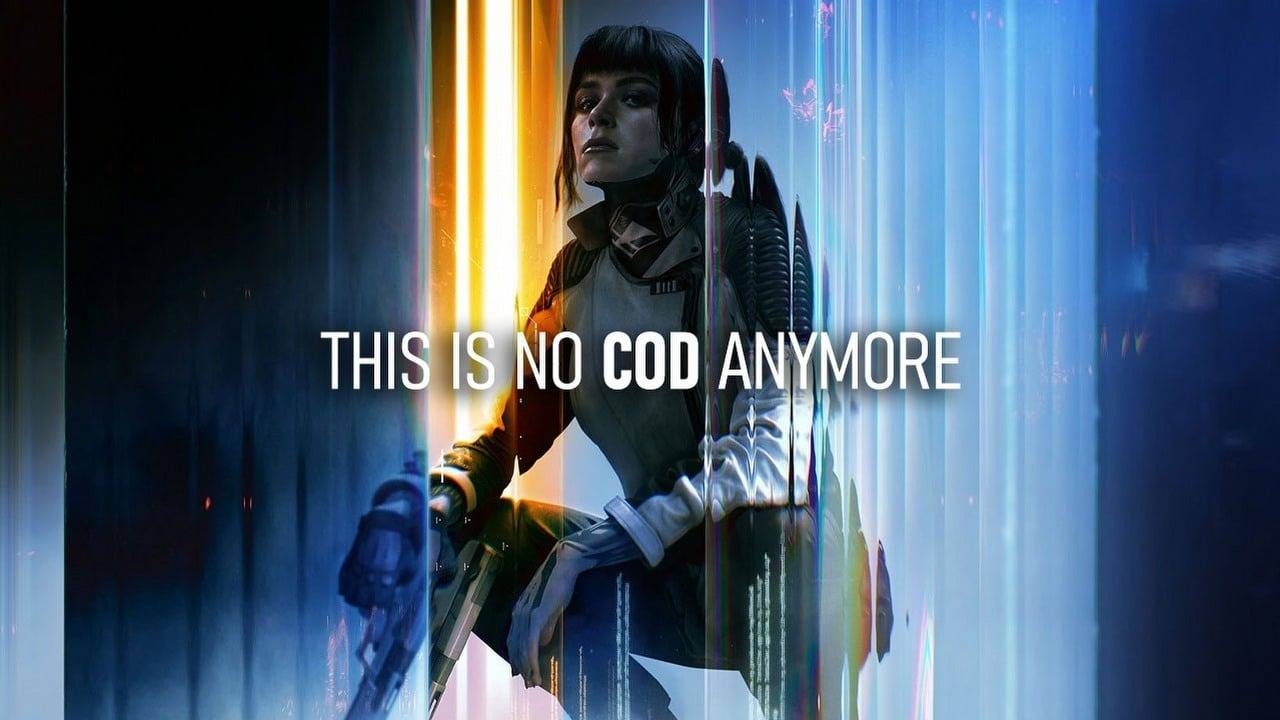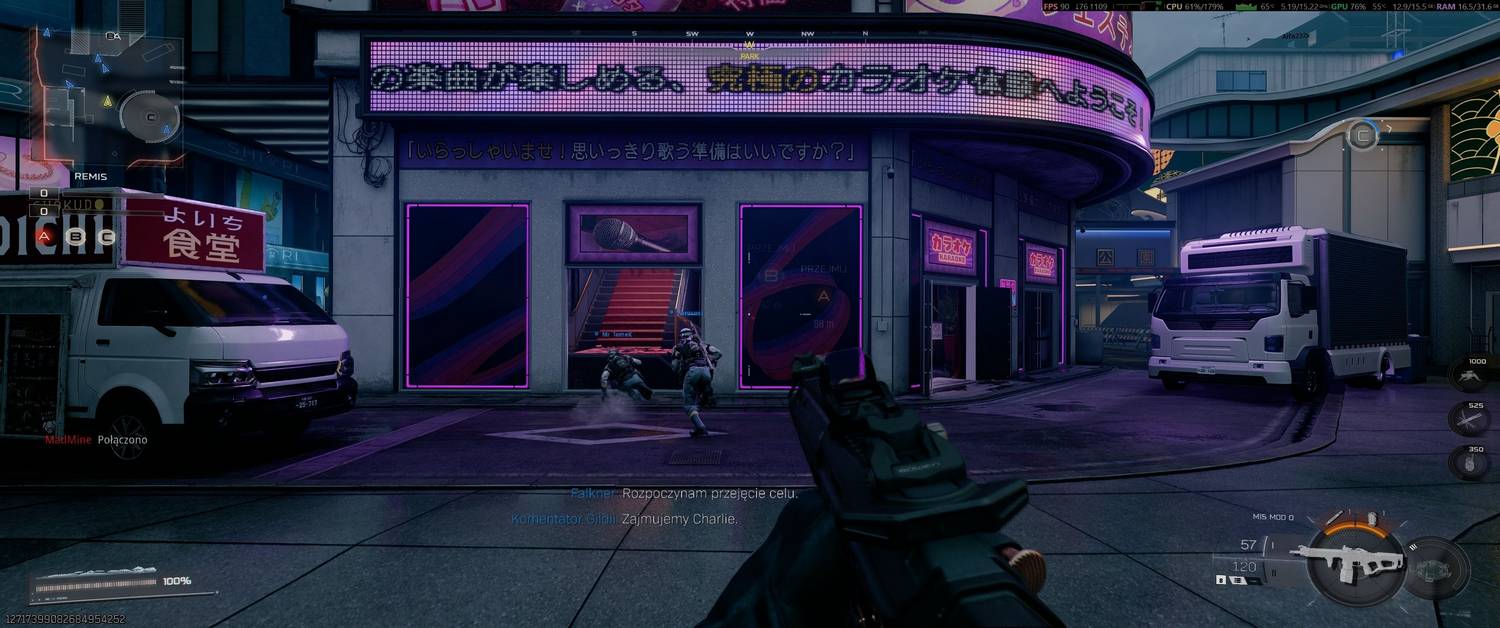Black Ops 7: The Futuristic Disconnect – Why Generic Maps and Tech Are Eroding the Series’ Soul
Popular Now
 Toca Boca World
Toca Boca World
 Valorant
Valorant
 NBA 2K24
NBA 2K24
 Genshin Impact
Genshin Impact
 Gacha Club
Gacha Club
 God of War Ragnarök
God of War Ragnarök
 Grand Theft Auto V
Grand Theft Auto V
 CarX Street
CarX Street
 R.E.P.O
R.E.P.O
 Among Us
Among Us  In a move that has sparked intense debate among the community, Call of Duty: Black Ops 7 has fully embraced a near-future setting of 2035, placing itself ten years after the events of Black Ops II. While the technical prowess of developers Treyarch and Raven Software is undeniable, early beta impressions and the multiplayer reveal have crystallized a growing sentiment: the hyper-futuristic focus is stripping the franchise of the visceral, grounded “Black Ops” vibe that longtime fans remember and crave. The game is slated for a November 14, 2025 release, yet a sense of aesthetic fatigue already looms.
In a move that has sparked intense debate among the community, Call of Duty: Black Ops 7 has fully embraced a near-future setting of 2035, placing itself ten years after the events of Black Ops II. While the technical prowess of developers Treyarch and Raven Software is undeniable, early beta impressions and the multiplayer reveal have crystallized a growing sentiment: the hyper-futuristic focus is stripping the franchise of the visceral, grounded “Black Ops” vibe that longtime fans remember and crave. The game is slated for a November 14, 2025 release, yet a sense of aesthetic fatigue already looms.
This iteration, co-developed and released just one year after Black Ops 6, is feeling less like a fresh, calculated strike and more like an incremental sequel suffering from what critics are calling a case of franchise fatigue. The core complaint centers on two critical areas: the map design and the feel of the core combat arsenal.
 The Map Malaise: Arena Design Over Distinctive Locations
The Map Malaise: Arena Design Over Distinctive Locations
Black Ops 7 boasts 16 new Core 6v6 maps at launch, plus two larger 20v20 Skirmish maps. While the sheer volume is commendable, a common thread in player feedback is the maps’ lack of personality. The new futuristic environments—such as the guild facility in Japan, or the general science-fiction aesthetics of locations like “Scar” and “Cortex”—feel less like believable, lived-in clandestine locations and more like sterile, prefabricated arena layouts.
- Loss of Personality: Classic Black Ops maps were memorable because they had a story and a distinctive atmosphere—Nuketown’s suburban paranoia, Raid’s lavish LA mansion, or Firing Range’s military precision. The new maps, while structured for competitive play with more defined lanes, sacrifice the unique aesthetic flavor that gave older installments their soul.
- Verticality and Pacing: The returning Omnimovement system, now paired with a new wall-jump mechanic, encourages more vertical and frantic combat. This, unfortunately, seems to exacerbate the issue of chaotic gameplay, making maps feel small and creating too many angles of attack. While the movement is fast and smooth, it arguably benefits the competitive esports meta at the expense of the casual player experience.
In short, the settings fail to ground the experience, leaving players feeling like they are fighting in a high-tech simulator rather than a dramatic global conspiracy.
Generic Arsenal: The Anonymity of Near-Future Weaponry
The weapon selection for Black Ops 7—30 customizable loadout weapons, heavily relying on near-future military tech—is the second point of contention. In previous titles, weapons felt unique and often carried a historical or tactical weight, reflecting the era’s technology. The new arsenal, however, is being criticized for a lack of “punch” and an overall generic feel.
The weapons, despite their futuristic facades and the in-depth Gunsmith system (rumored to be Gunsmith 3.0), are functionally similar to their counterparts in Black Ops 6 and even the Modern Warfare titles. The heavy reliance on attachments and the “Overclock” upgrade system—which grants additional abilities to equipment and Scorestreaks—is now the main differentiator, shifting the focus from the inherent feel of the gun to the complex layer of meta-progression.
- Impact Deficiency: Compared to the Modern Warfare reboot trilogy, which set a high bar for weapon sound design and visceral recoil, the Black Ops 7 weapons feel “casual and toned down,” lacking the crunchy feedback that makes every shot feel consequential.
- Tech Overload: The emphasis on futuristic Scorestreaks like the D.A.W.G. quadruped robot and the remote-controlled Rhino soldier, along with Field Upgrades like the Echo Unit hologram decoy, pushes the gameplay further away from classic, boots-on-the-ground skirmishes.
The Ghost of Black Ops II: A Missed Opportunity
The narrative of Black Ops 7 is set to follow David Mason in 2035, picking up on the legacy of Black Ops II, a fan-favorite precisely because of its forward-thinking yet restrained near-future setting. The original Black Ops franchise was defined by its psychological warfare, its Cold War espionage, and a grittiness that felt authentic. By jumping too far into a hyper-technological environment, Treyarch risks repeating the mistakes of the 2014-2016 futuristic era, where Call of Duty titles blurred into one another.
The community’s desire for a return to “authentic” skins and grounded realism—a backlash that forced an initial U-turn on carrying over all of Black Ops 6’s cartoonish cosmetics—underscores the fundamental aesthetic clash. Fans want a return to the moral gray areas and gritty realism that defines “Black Ops,” not a cartoonish sci-fi spectacle.
Final Thoughts: Black Ops 7 is technically sound, delivering the speed and customization expected of an annual Call of Duty title. However, the game’s shift to a stale futuristic setting and its continued preference for formulaic map design over distinctive, atmospheric locations creates a profound disconnect. The Black Ops vibe is fading, replaced by a generic, fast-paced arena shooter that, despite its polish, ultimately feels redundant in the face of better-defined competitors like the new Battlefield entry.









 The Map Malaise: Arena Design Over Distinctive Locations
The Map Malaise: Arena Design Over Distinctive Locations